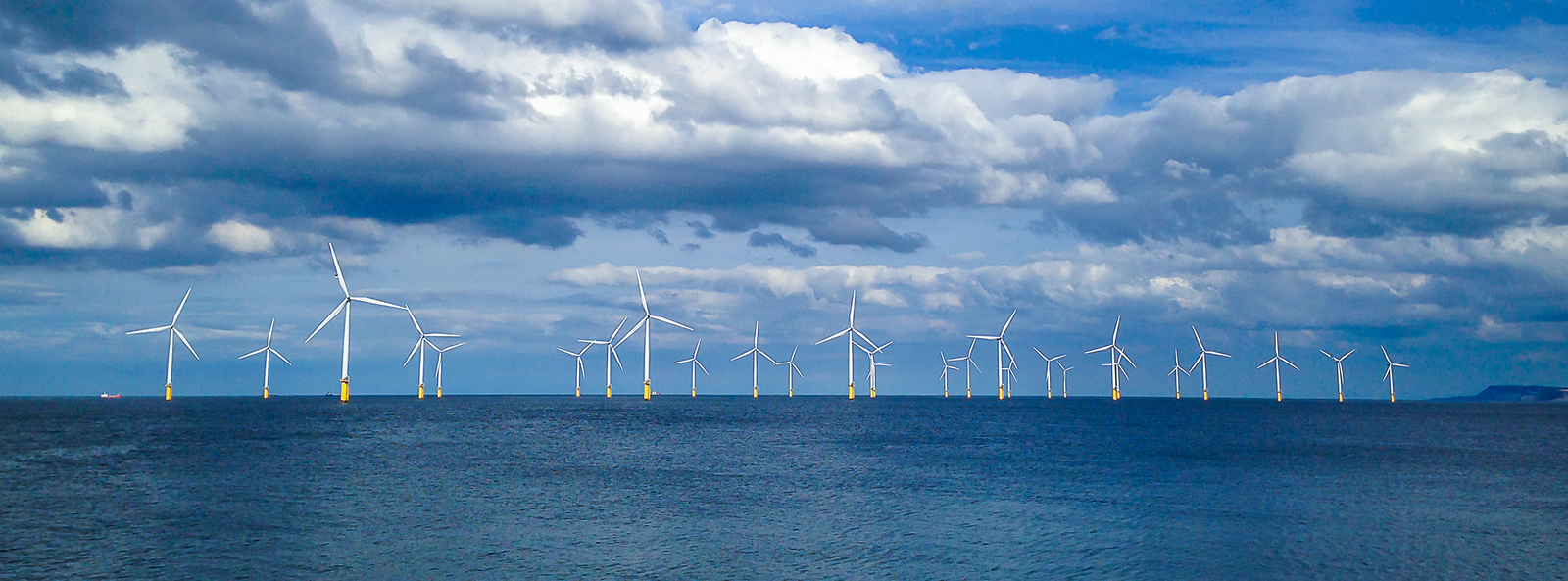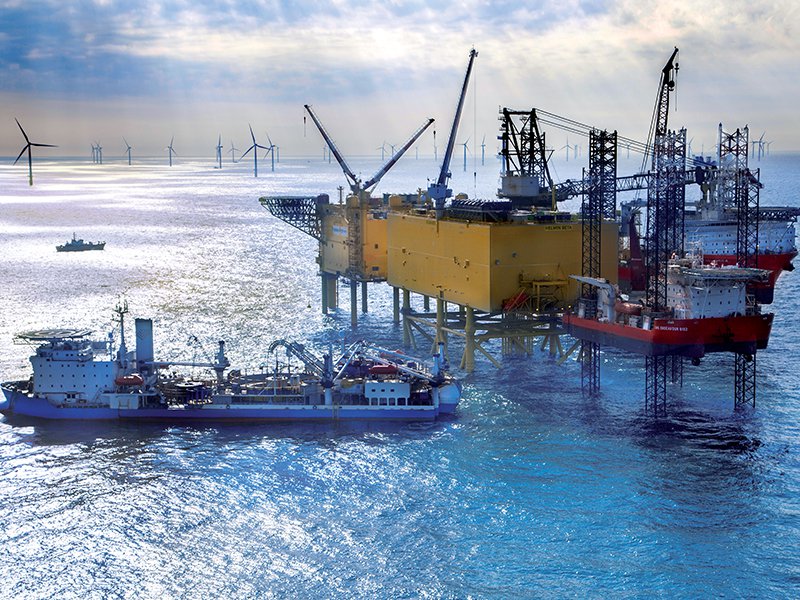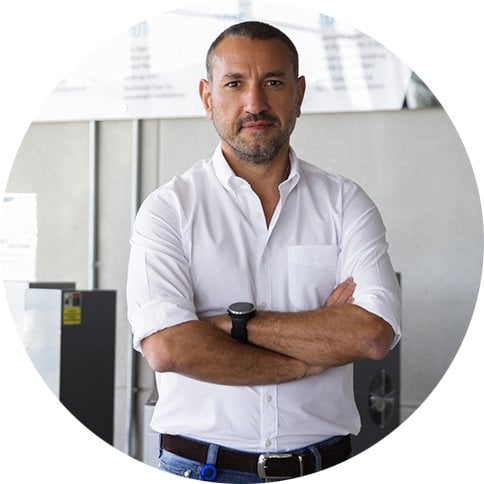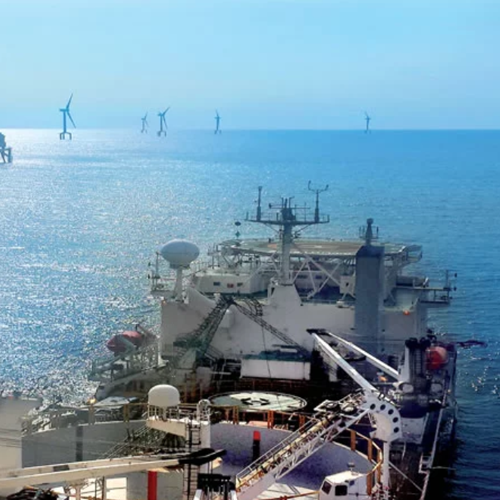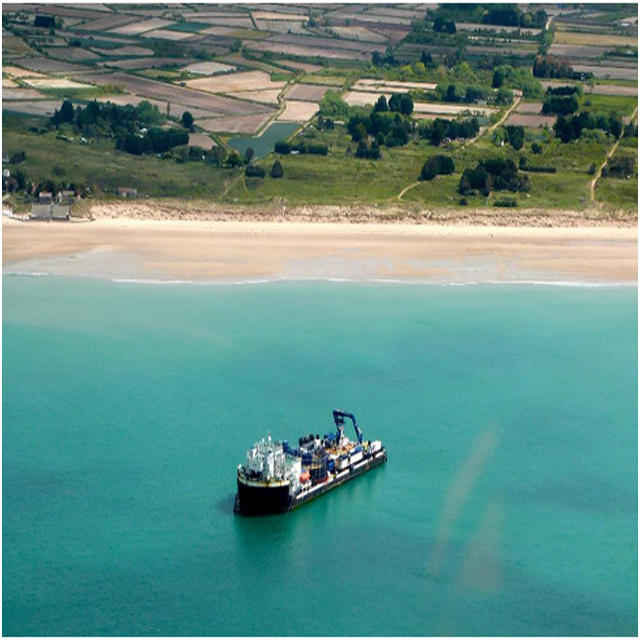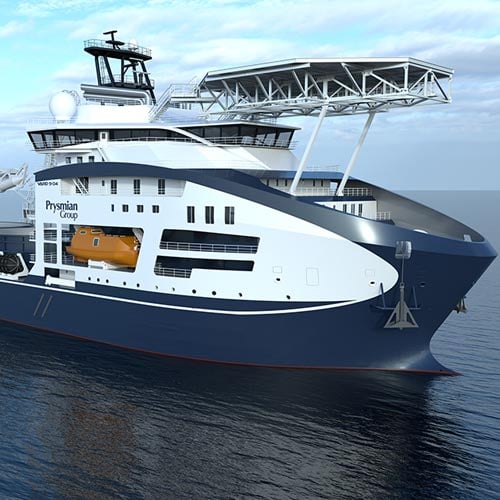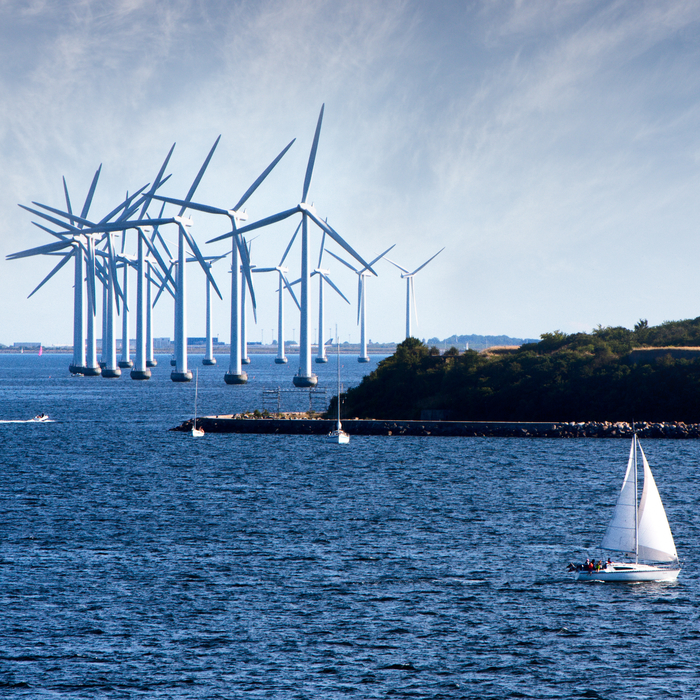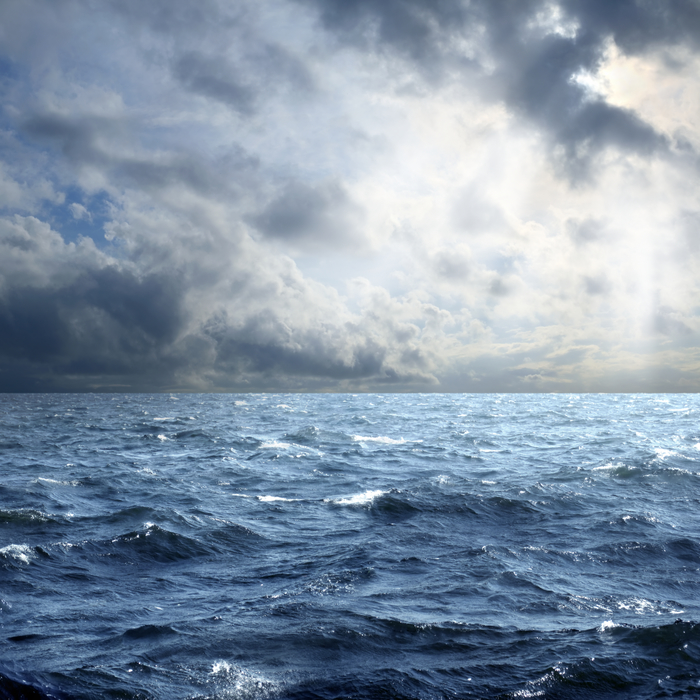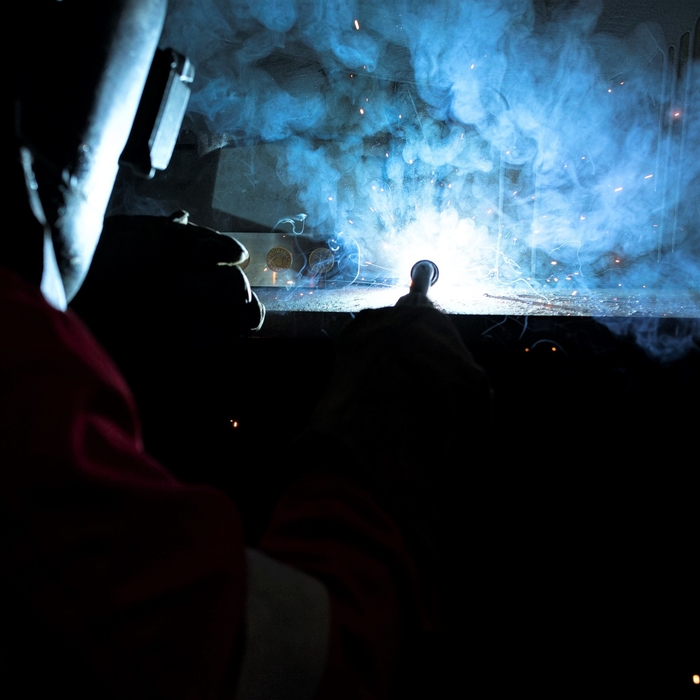“Offshore wind capacity is expected to almost triple to nearly 52 GW in 2023, with half the growth driven by the European Union and the other half by China and other Asian countries,”
said the International Energy Agency in its Renewables 2018 report.
Offshore wind farms are particularly suited towards conditions in Northern Europe, where the world’s largest, Hornsea One, came on stream earlier this year. Prysmian is a supplier to Hornsea Two, which will be up and running supplying 1.3 million families in 2022, located 89 kilometers off the Yorkshire coast in the UK.
Both water depth of wind farms and distance to shore have increased over the years and are expected to further increase in the future, according to industry groups. This trend works in Prysmian’s favor, since distances of over 100 kilometers from shore is an area where the group has expertise with DC systems thanks to its long-distance interconnection experience, says Ozmen.
The United States will become potentially a very large market for offshore wind, says Ozmen, as investors and utilities discover its advantages. Prysmian has been recently awarded a contract worth approximately €200 million by Vineyard Wind Vineyard for a submarine power cable system which will deliver clean energy to the mainland power grid in the US.
The move to floating windfarms will be the next big step for the industry, says Ozmen, as the costs fall and the technology improves. Prysmian, which already holds a considerable market share and targets 30% in the near future, is well placed to reap benefits from future growth in this area because it makes dynamic cables that can resist the wear and tear of a floating turbine. These cables are already installed at Kincardine Offshore Floating Wind Park, and will be used by EDF for Provence Grand Large, a floating offshore windfarm project off the coast of France in 2021.





